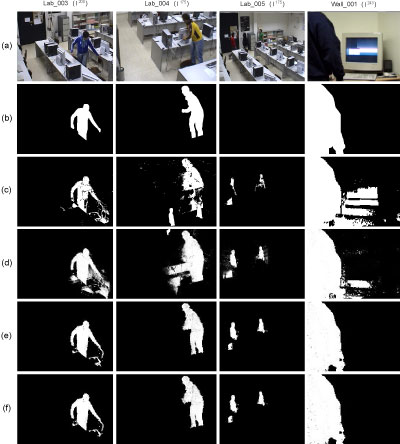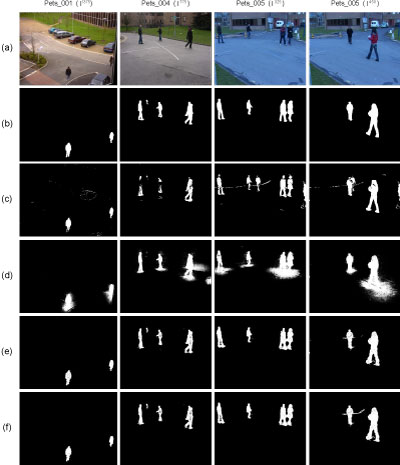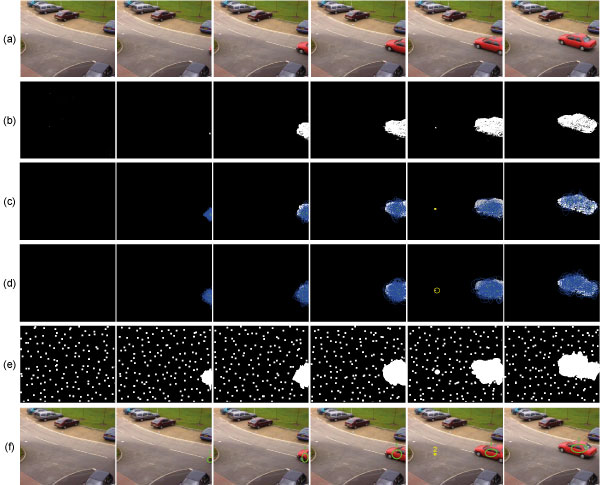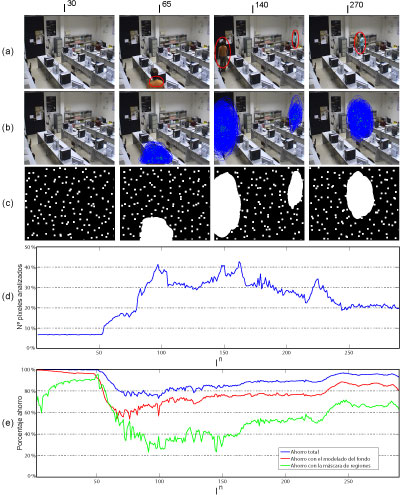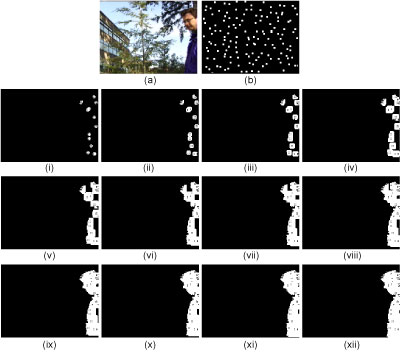Ph. D. Thesis
Title
Segmentation of video sequences: analysis and development of strategies for shot change detection and for moving object detection
Abstract
The important technological advances experienced along the last years have resulted in an important demand for new and efficient computer vision applications. On the one hand, the increasing use of video editing software has given rise to a necessity for faster and more efficient editing tools that, in a first step, perform a temporal segmentation in shots. On the other hand, the number of electronic devices with integrated cameras has grown enormously. These devices require new, fast, and efficient computer vision applications that include moving object detection strategies.
In this dissertation, we propose a temporal segmentation strategy and several moving object detection strategies, which are suitable for the last generation of computer vision applications requiring both low computational cost and high quality results.
First, a novel real-time high-quality shot detection strategy is proposed. While abrupt transitions are detected through a very fast pixel-based analysis, gradual transitions are obtained from an efficient edge-based analysis. Both analyses are reinforced with a motion analysis that allows to detect and discard false detections. This analysis is carried out exclusively over a reduced amount of candidate transitions, thus maintaining the computational requirements.
On the other hand, a moving object detection strategy, which is based on the popular Mixture of Gaussians method, is proposed. This strategy, taking into account the recent history of each image pixel, adapts dynamically the amount of Gaussians that are required to model its variations. As a result, we improve significantly the computational efficiency with respect to other similar methods and, additionally, we reduce the influence of the used parameters in the results.
Alternatively, in order to improve the quality of the results in complex scenarios containing dynamic backgrounds, we propose different non-parametric based moving object detection strategies that model both background and foreground. To obtain high quality results regardless of the characteristics of the analyzed sequence we dynamically estimate the most adequate bandwidth matrices for the kernels that are used in the background and foreground modeling. Moreover, the application of a particle filter allows to update the spatial information and provides a priori knowledge about the areas to analyze in the following images, enabling an important reduction in the computational requirements and improving the segmentation results. Additionally, we propose the use of an innovative combination of chromaticity and gradients that allows to reduce the influence of shadows and reflects in the detections.
Download
Download it from the digital UPM archive.
Some results
